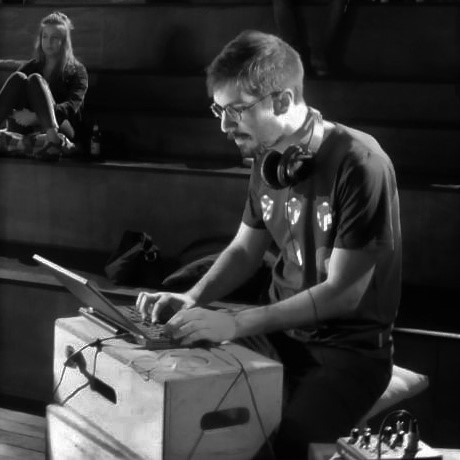Plug-ins de áudio de sintetizador modular desenvolvidos para a
biblioteca VCV Rack de código
aberto. Os plugins foram baseados em modelos matemáticos específicos de comportamento caótico
e topologia, onde a representação visual de tais modelos é usada como método de controle ou
síntese (código-fonte completo).
A lista atual de plugins Axioma é a seguinte:
The Bifurcator: geração de sequência de controle de acordo com as posições mapeadas no mapa de bifurcação. As posições são obtidas com base em iterações de um tipo de função selecionado, que de acordo com o valor de um parâmetro de bifurcação, pode levar a um comportamento caótico;
Tesseract: controle CV de saída com base na posição de cada vértice de um Tesseract giratório projetado em um espaço 2D;
Ikeda: geração de sequência CV baseada no mapa de sistema dinâmico proposto por Kensuke Ikeda, que descreve um comportamento caótico dentro de uma faixa de parâmetros específica.
Rhodonea: VCO com dois osciladores definidos pelas curvas Rhodonea. Pode-se considerar o método utilizado como síntese poligonal, onde ondas são criadas a partir de uma projeção de coordenadas polares em coordenadas cartesianas.
